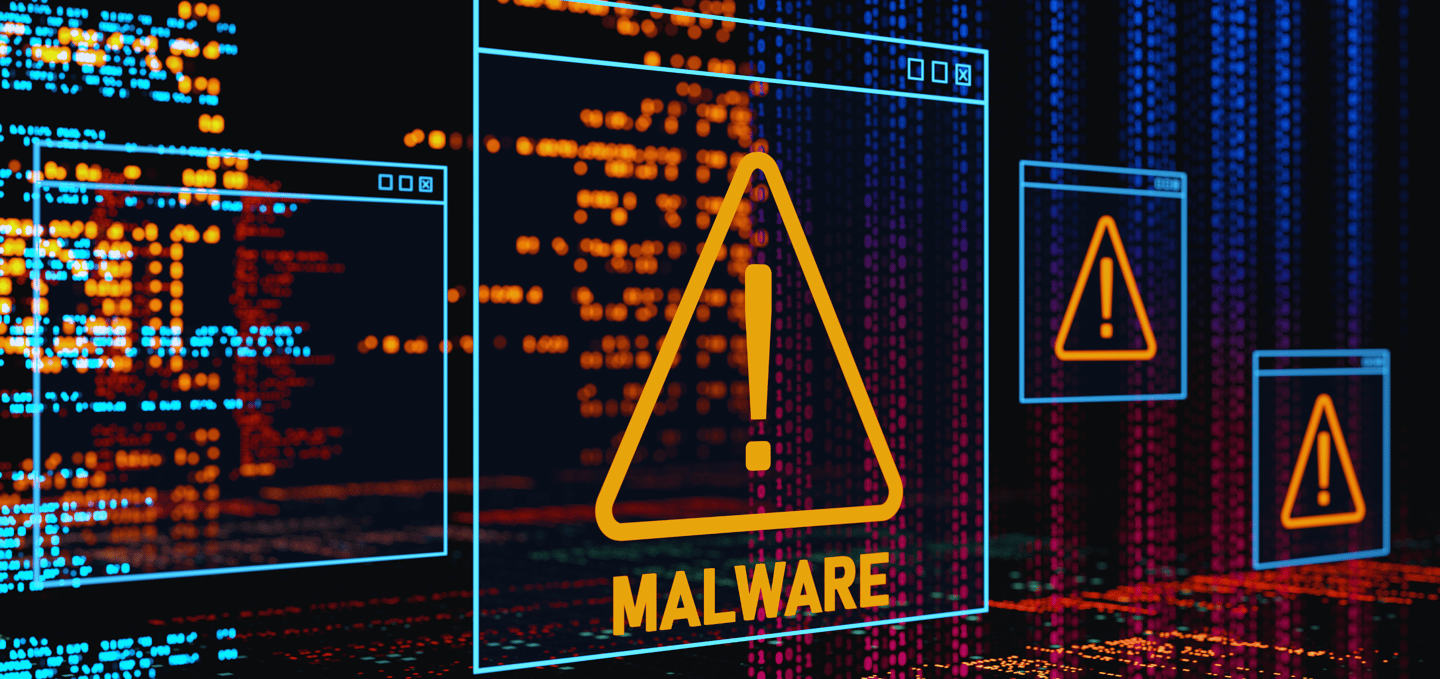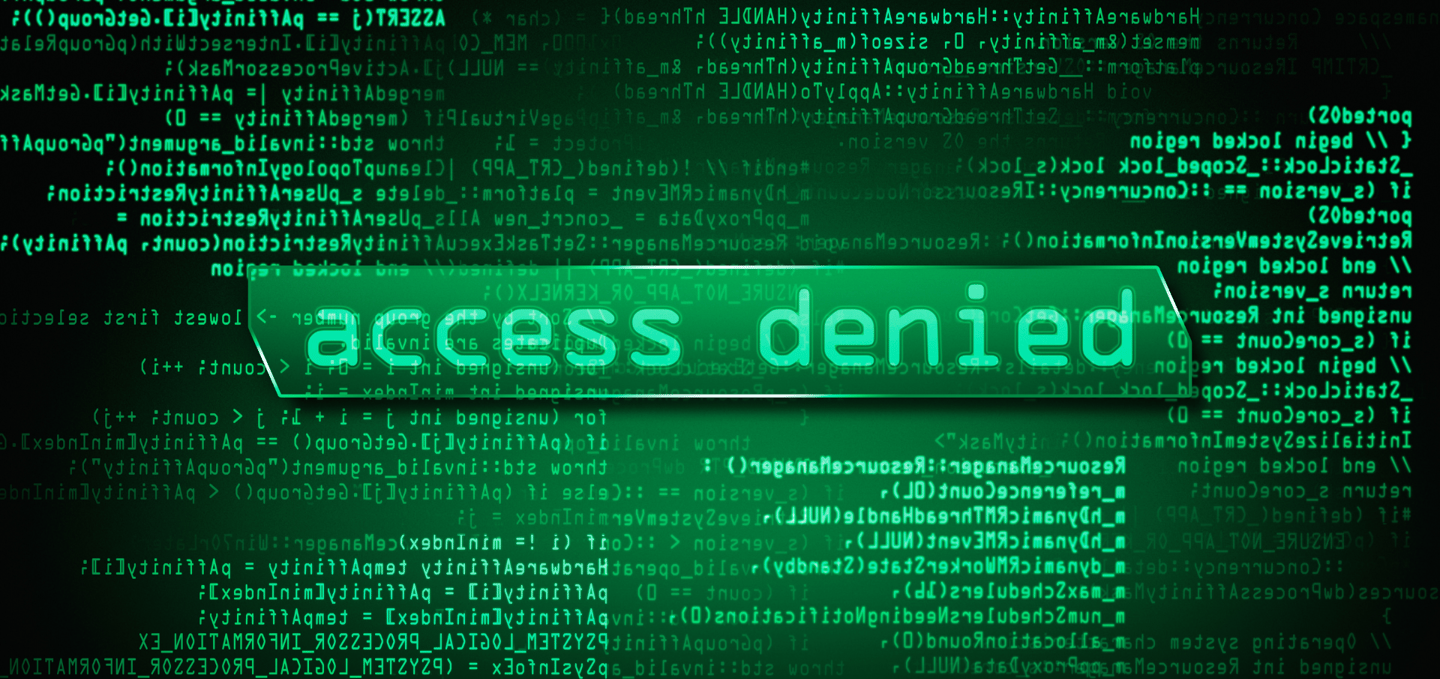Cyber Attacks And It's Types
Cyber attacks are one of the most common and sophisticated threats of all time in our digital age, they are targeting individuals, businesses, and governments all over the world. With people now relying on technology and the internet for almost everything, from communication to banking, it is important to understand the world of cyber attacks and potential threats. Understanding these threats and the techniques used by threat actors to exploit these vulnerabilities can help us to secure our sensitive data and systems. Today, in this blog, we discussed about what are cyber attacks, how cyber attack affects, and covering all the key types of cyber attacks to make you aware and keep watch.
10/30/20247 min read

What Are Cyber Attack and Why Should You Care?
Cyber Attacks


Types Of Cyber Attacks
Phishing Attacks
Phishing attacks trick users into giving away personal information, usually By using emails, fake messages or fraudulent Web sites. They often look as though they are legitimate entities. The most common method of phishing is via email -- attackers pretend to be reputable entities, such as banks or service providers, luring users into disclosing confidential data like usernames and passwords, social security numbers, credit card numbers, etc.
Spear Phishing : A targeted form aimed at specific individuals or organizations. Attackers collect information about their victims in advance to make the Phishing attempt all the more plausible.
Whaling: Whaling attacks target high-ranking executives or other key personnel of an organization. These attacks are carefully prepared and well-planned tricks to make decision-makers disclose information which could compromise their company.
Malware Attacks
Malware refers to a variety of codes that intentionally damage or in some way disadvantage other computers, systems, or data. These include viruses, worms, ransomware, spyware, and dialers. They may record what you type without being noticeable on your computer because they do not keep records of the websites visited. For example, some types of malware have a Trojan backdoor virus that lies dormant and anonymous for months while stealing data.
How Does Malware Spread to a System?
It can come through infected email attachments or exploited software inadequacies.
Types of Malware
Virus: A virus attaches to a legitimate program or file and spreads once executed. Often, this causes data corruption or deletion.
Worm: Unlike viruses, which affix themselves to a program, a worm can spread independently. It can wander far from its host by replicating and can create system overloads.
Ransomware: Ransomware is a type of malware that encrypts a user’s data, requiring them to pay a ransom to the attacker before they can use it again. Ransomware attacks are now increasingly common and one of the most significant headaches for businesses.
Spyware: Spyware follows a specific user’s activities and stores information without their consent. This sort of monitoring often leads to identity theft and financial loss.
Distributed Denial Of Service ( DDOS )
The DoS attack tried to make a system or network unavailable to the people who used it by flooding it with requests so that, eventually, people could no longer get work done. This made the system slow, crash, or stop responding altogether.
A Distributed Denial of Service (DDoS) attack combines multiple systems, often compromised computers or bots working together, all bombarding the target. It is much more difficult to defend against a distributed attack than that by one machine or small group.
DDoS attacks can cause significant business problems, resulting in lost revenues and unhappy customers if they disrupt a company’s online services. Many of the large-scale attacks on popular websites are done with botnets—networks of hijacked devices that the attacker controls.
A cyber attack is when a person or group tries to illegally access another system to steal information or data. These types of attacks can be motivated by theft, espionage, and vandalism, while the main objectives are to gain profits, enhance disruption, or realise political goals. Over the last ten years, cyber attacks have significantly increased, driven especially by the fact that more things are connected to the internet than ever before, the IoT boom, and the amount of sensitive data which is now stored digitally.
A cyber attack can target you, yourself, a multinational company or a government organization. Highly valuable for businesses, either one attack can cost them millions and it might get them in legal trouble as well! It can result in identity theft or loss of individual data. So let us discuss on the most common sorts of cyber-attacks that each users and organisations are trafficked with as of late.






Man-in-the-Middle (MITM) Attacks


In a Man-in-the-Middle attack, the attacker secretly inserts an eavesdropping device between the conversation’s endpoints. This allows him to monitor all conversations between the user and the server completely. The hacker can steal private information, alter information, and do all sorts of damage without the knowledge of either side. MITM attacks often occur in public Wi-Fi networks or those protected solely by WEP encryption.
Session Hijacking: This form of MITM attack happens when an attacker takes over someone’s session after they sign in. Typically, this is done with websites that do not use SSL encryption, so the attacker can see all unencrypted data sent back and forth.
Wi-Fi Eavesdropping: Attackers often set up fake Wi-Fi hotspots in public places and lure users into linking with such hotspots. After the user has linked, the attacker can capture any data over the network, including passwords most likely entered for spurious reasons and bank account numbers being transmitted online.
SQL Injection Attacks


SQL injection is a code injection attack that takes advantage of vulnerable code in a website’s database. By inserting corrupt code into an unprotected SQL query, an attacker gains unauthorized access to sensitive data such as usernames, passwords and credit card numbers. Poorly made website gives the attacker’s sql injection a chance to sneak into the website’s operations. In addition to obtaining unauthorized access to customers’ private information or company research data from databases, he can steal any trade secret in this way.
Cross-Site Scripting (XSS) Attacks


Cross-site scripting (XSS) is an attack that involves inserting malicious scripts into other users’ web pages. Once a user interacts with the tainted page, the script also triggers, and the attackers can thus steal session cookies, edit website content, or take the user to fake sites targeted for phishing. Websites that implement features allowing user-generated content, such as forums and comment sections, are especially vulnerable targets for XSS attacks.
Password Attacks


Password attacks are tricks to gain unauthorized access by finding out or guessing passwords. Password attacks come in many forms, including brute force attacks, dictionary attacks and password stuffing.
Brute Force Attack: In this attack, the hacker systematically guesses the password until one that works is found. Brute force attacks can be slow, but they work against weak passwords.
Credential Stuffing: In this attack, attackers copy leaked credentials from one service (often found on the dark web) and try them on other accounts where people might reuse the same password.
Dictionary Attack: This attack does not try all possible combinations; it uses a dictionary list of common passwords and phrases to guess the password. The attack is much faster than brute force attacking and often successfully breaks into accounts where users have used more common passwords.
Insider Threats


A significant cause could be an attacker from inside the organization or accidental or deliberate collusion. A dissatisfied worker or self-contractor may personally release company secrets or disrupt normal operations, but insiders who do so unintentionally often do not realize what they have done. Insider threats are hard to defend against since the perpetrators often have legitimate access.
Zero-Day Exploits


Attackers discover and use zero-day exploits, leveraging vulnerabilities in software or hardware that have never been publicly disclosed. You will never notice these vulnerabilities—nor their explorations! Zero-day attacks are destructive because the target has almost no defence until a patch is produced.
The Impact of Cyber Attacks


The consequences of a cyber attack may be extensive. These can range from financial losses to data breaches and a lasting lousy reputation. These attacks may also result in the theft of a person’s identity and financial ruin. For companies, the costs can range from being fined by regulators to being taken to court, which hurts consumer trust. Some reports have calculated that cyberattacks cost hundreds of billions to even trillions of dollars in global annual losses.
Cyber attacks result in perdurable injury to a company’s finances and reputation and may also disrupt essential services, placing public safety and national security in danger. As shown by the example of ransomware attacks on hospitals, they can interrupt medical treatment, sometimes with fatal consequences.
How to Protect Against Cyber Attacks


No system is perfectly immune to cyber attacks, but taking action can reduce the risk, for instance:
Update Regularly: Ensure your systems and software are up-to-date with the latest security patches.
Robust and Unique Passwords: Use complex passwords; do not use one password for every account.
Apply Multi-Factor Authentication (MFA): MFA provides an additional layer of security by requiring another form of verification.
Users Should Be Educated: Phishing and social engineering are common attack methods. Educating customers on these threats can prevent them.
Use Security Software: Antivirus, firewalls, and intrusion detection can all protect the system from various types of attacks.
Conclusion
Cyber attacks are constantly improving, with hackers producing new ways to exploit running the system’s ability. Understanding the various types of cyber attacks is the first step towards stopping them. By keeping current on the subject, performing good cybersecurity hygiene and using the latest protective technologies, individuals and organizations can do an even better job of protecting their digital lives.
In today’s virtual generations, cybersecurity shall be our share. Employing traditional methods, staying abreast of evolution, and then advancing information technology for protection will let you somewhat prevent, not stop completely, the attackers but always at least work towards significantly reducing risks.

